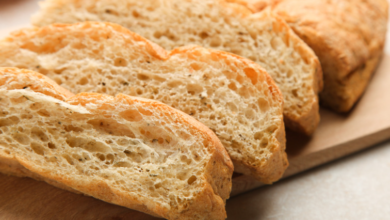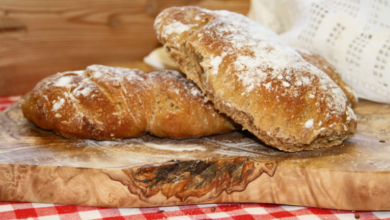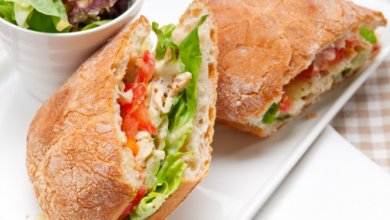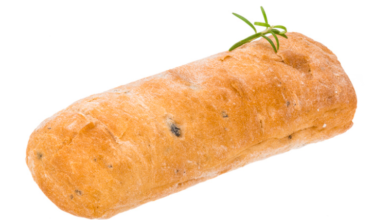When is Ciabatta Done? Find out Here!
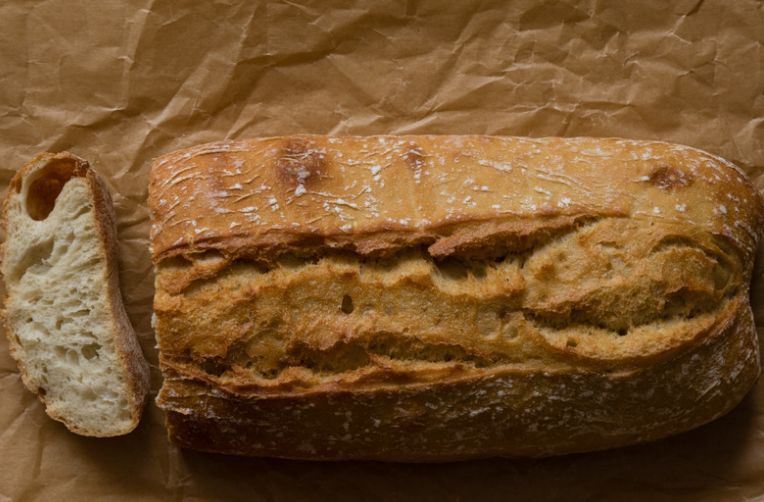
What To Know
- This comprehensive guide will provide you with all the knowledge you need to identify the telltale signs that your ciabatta is ready to come out of the oven.
- A pale or uneven crust may suggest underbaking, while a dark brown or burnt crust could be a sign of overbaking.
- By observing the color and texture of the crust, listening for a hollow sound, and measuring the internal temperature, you can ensure that your ciabatta is baked to perfection.
Ciabatta, the iconic Italian bread with its airy crumb and crispy crust, is a culinary masterpiece that can elevate any meal. However, achieving the perfect ciabatta requires careful attention to detail, especially in determining when it’s done. This comprehensive guide will provide you with all the knowledge you need to identify the telltale signs that your ciabatta is ready to come out of the oven.
Visual Cues
1. Golden Brown Crust:
The crust of ciabatta should be a beautiful golden brown color, indicating that it has been baked to perfection. A pale or uneven crust may suggest underbaking, while a dark brown or burnt crust could be a sign of overbaking.
2. Crusty and Crisp:
The crust of ciabatta should be crusty and crisp to the touch. If the crust is soft or pliable, it may not be done baking.
3. Open and Airy Crumb:
When you slice into a well-baked ciabatta, you should be greeted with an open and airy crumb. The holes should be evenly distributed and relatively large, creating a light and fluffy texture.
Auditory Cues
4. Hollow Sound:
When you tap the bottom of the ciabatta, it should produce a hollow sound. This indicates that the bread is cooked through and has a dry interior. A solid or muffled sound may suggest underbaking.
Internal Temperature
5. Internal Temperature of 205°F (96°C):
Using a digital meat thermometer, insert it into the center of the ciabatta. The internal temperature should reach 205°F (96°C) to ensure it is thoroughly cooked.
Other Factors
6. Baking Time:
The baking time for ciabatta will vary depending on the size and shape of the loaf. As a general guideline, a 1-pound (450g) loaf will typically take 30-35 minutes to bake at 450°F (230°C).
7. Loaf Size and Shape:
Smaller loaves will bake faster than larger loaves. Additionally, loaves with a flat shape will bake more evenly than those with a round shape.
Takeaways: The Art of Timing Ciabatta Perfection
Determining when ciabatta is done is a combination of visual, auditory, and internal cues. By observing the color and texture of the crust, listening for a hollow sound, and measuring the internal temperature, you can ensure that your ciabatta is baked to perfection. With practice and attention to detail, you can master the art of timing ciabatta and impress your loved ones with homemade bread that’s both delicious and visually stunning.
Quick Answers to Your FAQs
1. Why is my ciabatta crust too soft?
Underbaking can result in a soft crust. Ensure that the ciabatta is baked long enough to develop a golden brown and crispy crust.
2. What does a hollow sound indicate when tapping ciabatta?
A hollow sound suggests that the bread is cooked through and has a dry interior.
3. Can I overbake ciabatta?
Yes, overbaking can result in a dry and crumbly loaf. Monitor the baking time and remove the ciabatta from the oven as soon as it meets the desired doneness criteria.
4. Why is my ciabatta crumb dense?
Dense crumb can be caused by overworking the dough or using too much flour. Allow the dough to rest and proof adequately, and ensure the correct flour-to-liquid ratio.
5. Can I store baked ciabatta?
Yes, baked ciabatta can be stored in an airtight container at room temperature for up to 3 days. It can also be frozen for longer storage.
